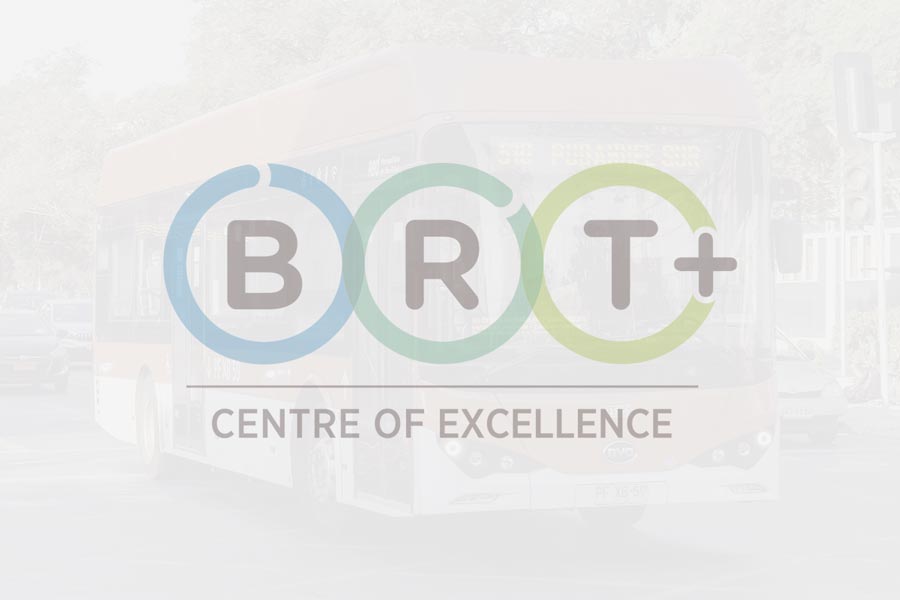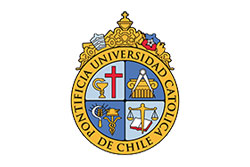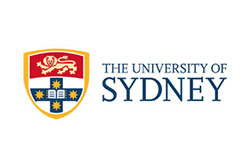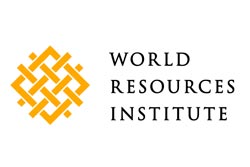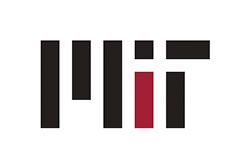Opinion Pieces: since 2007, Prof. David Hensher has written an opinion column in the Australasian Bus and Coach magazine, where he monthly discusses a lot of different transport-related hot topics. In this section we are revisiting these columns.
February 2009
When asked what I believe are the essential elements of a successful patronage growth strategy for public transport, I mention ‘connectivity, frequency and visibility’. The first two elements remind us that the ultimate test of impact is a network test and not just patronage along a single corridor. Visibility refers to ensuring that potential patrons know where the PT vehicle can be boarded and alighted (and is especially relevant to buses). A delicate balance is required between coverage (which is clearly linked to connectivity) and frequency. A tendency in recent years has been to recognise the importance of network connectivity, but then to focus on investment in a corridor (or project-based) ‘solution’ to the accessibility and mobility challenge of metropolitan areas. On the upside, the project approach can define with great clarity exactly what investment is required and make the investment need more transparent when funding is sought from Federal Government (e.g., under the Infrastructure Fund) or from a public-private partnership (PPP). The downside is that system-wide investments that are difficult to compartmentalise as discrete projects often miss out for a serious injection of funding and have to be incrementally appended to a project-based planning system that is not ensured to be consistent with what a system-wide approach in the first place would arrive at. Instead we are forced to look for sub-optimal solutions that could be even more expensive than what we need if the focus was on network investment and not large scale stand alone corridor ‘solutions’. It appears that it is this ‘reductionsism’ philosophy that takes bite chunks of a system in isolation that inevitably results in over-supply of capacity in some locations and serious under-supply in the greater network. What can be done to resolve this? The Senate inquiry into public transport provides an opportunity to engage the Federal Government in a responsibility to link its funding (from all sources) to State governments to require a system-wide test on value for money and in particular to at least make the case that a specific project, especially those that absorb huge amounts of budget (with evidential cost overruns of about 50 percent), is indeed best value for money and that other explicitly evaluated alternatives are less attractive. We seem to have failed to do this in the recent past.
Food for thought
¿Comments? ¿Opinions? ¿Similar News? Send them to us!



